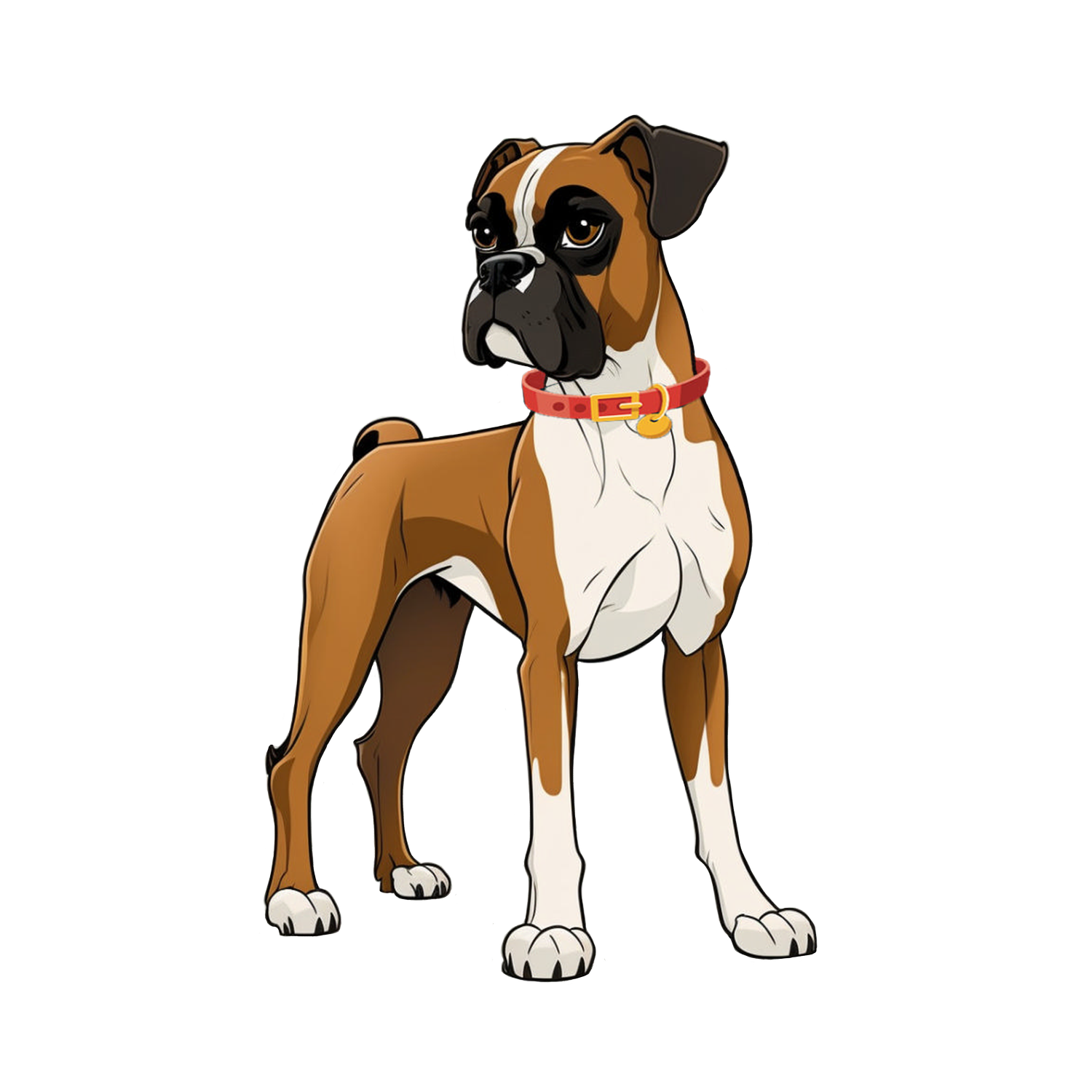9|13|25 - Becoming a Junior Chemist: Fun Kitchen Experiments!
Hello young scientist! Did you know you don’t need a lab coat or a fancy science lab to be a chemist? Your kitchen is already full of amazing science experiments waiting to happen! Chemistry is the science of mixing, changing, and exploring what things are made of—and best of all, you can try it right at home with safe ingredients. Let’s open our science adventure and become Junior Chemists together!
Experiment 1: The Dancing Raisins
What you need:
A clear glass of sparkling water or soda
A few raisins
What to do:
Drop the raisins into the glass and watch closely. At first, they sink… then pop! they float back up to the top like they’re dancing!
Why it works:
Bubbles of carbon dioxide stick to the raisins, lifting them up. When the bubbles pop, the raisins sink back down. It’s like a fizzy elevator ride!
Experiment 2: Magic Lemon Ink
What you need:
Lemon juice
Cotton swab or paintbrush
White paper
A grown-up with a lamp or iron
What to do:
Dip the swab in lemon juice and write a secret message on the paper. Once it dries, ask an adult to gently heat the paper with a lamp or iron. Your secret message will appear!
Why it works:
The lemon juice weakens the paper, and when heated, it turns brown before the rest of the paper—revealing your hidden words.
Experiment 3: Pepper and Soap Trick
What you need:
A bowl of water
Ground black pepper
A drop of dish soap
What to do:
Sprinkle pepper over the water. Dip your finger in (nothing happens). Now, put a drop of soap on your finger and touch the water—watch the pepper race away!
Why it works:
Soap breaks the water’s surface tension, making the pepper scatter. It’s like magic, but it’s really science!
Experiment 4: Salt and Ice Power
What you need:
Ice cubes
String
Table salt
What to do:
Lay a piece of string across an ice cube and sprinkle salt on top. Wait a minute, then lift the string—the ice cube comes with it!
Why it works:
Salt lowers the freezing point of ice, melting it slightly. The water then refreezes around the string, trapping it like glue.
Experiment 5: Homemade Lava Lamp
What you need:
A clear glass or bottle
Water
Vegetable oil
Food coloring
Alka-Seltzer tablet (or other fizzy tablet)
What to do:
Fill the glass 2/3 with oil, then add water until almost full. Drop in a few drops of food coloring. Break an Alka-Seltzer tablet in half and drop it in—watch colorful blobs float up and down like a lava lamp!
Why it works:
Oil and water don’t mix. The tablet makes bubbles of carbon dioxide that carry the colored water up, then sink back down.
Experiment 6: Sugar Crystal Candy (Rock Candy)
What you need:
1 cup water
3 cups sugar
A wooden stick or string
A jar
What to do:
Dissolve sugar into hot water (ask an adult for help). Dip your stick in the syrup and roll it in dry sugar. Place it into the jar with the rest of the syrup. Wait a few days and watch crystals grow!
Why it works:
As the sugary water cools, sugar comes out of the liquid and attaches to the stick, growing crystals.
Experiment 7: Bouncy Egg
What you need:
A raw egg
A cup of vinegar
What to do:
Place the egg in vinegar and leave it for 2 days. The shell will dissolve, leaving a rubbery, bouncy egg!
Why it works:
Vinegar’s acid reacts with the calcium carbonate in the eggshell, breaking it down. The membrane under the shell stays, making it stretchy.
Experiment 8: Rainbow Milk
What you need:
A plate of milk
Food coloring
Dish soap
A cotton swab
What to do:
Add drops of food coloring to milk. Dip the swab in soap and touch the surface of the milk—colors swirl and dance like magic!
Why it works:
The soap chases fat molecules in the milk, making the colors move and mix.
Experiment 9: Volcano in a Cup
What you need:
Baking soda
Vinegar
Food coloring
A tall glass or cup
What to do:
Put baking soda and a drop of food coloring in the glass. Pour vinegar in and watch your fizzy “lava” explode out!
Why it works:
Vinegar (acid) reacts with baking soda (base) to release carbon dioxide gas—making bubbles and foam.
Tips for Being a Junior Chemist
Always ask an adult for help with heat or sharp tools.
Write down your predictions BEFORE, your observations DURING and your CONCLUSIONS after science experiments (like a real scientist!) in a lab journal.
Use your imagination—what other experiments could you invent with kitchen items?
Science is all about curiosity and discovery. The kitchen is your lab, and you’re the scientist. So grab some safe supplies, mix things up, and let the world of chemistry amaze you!
